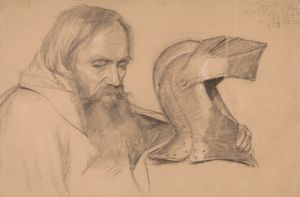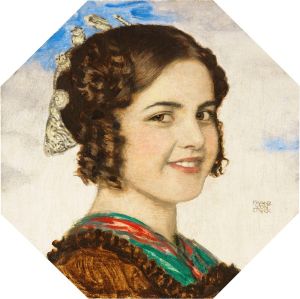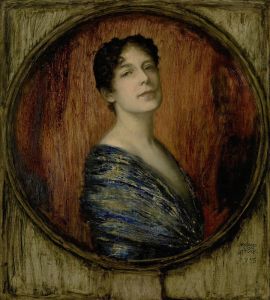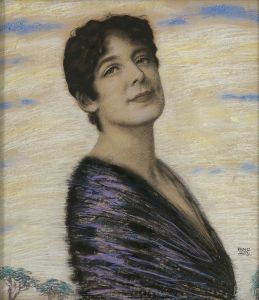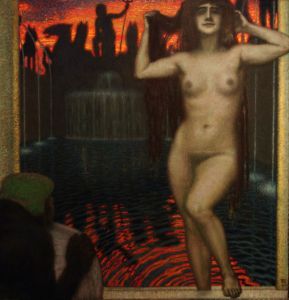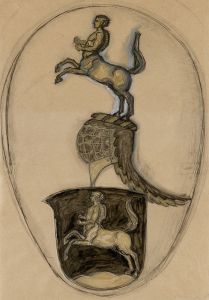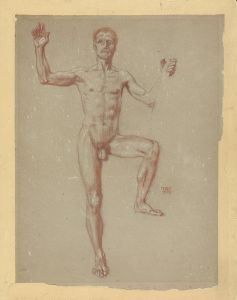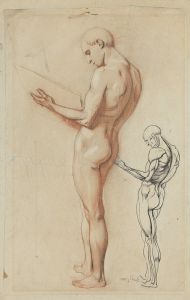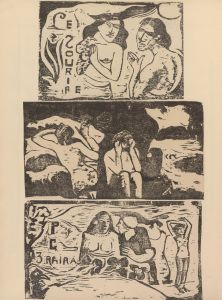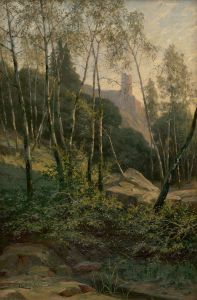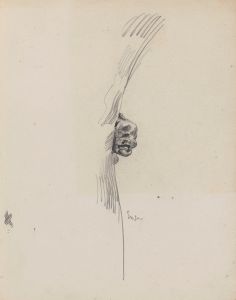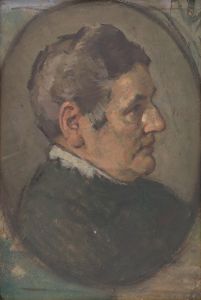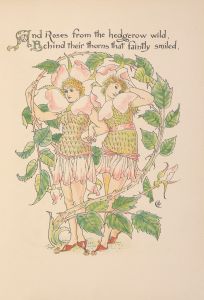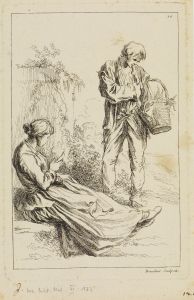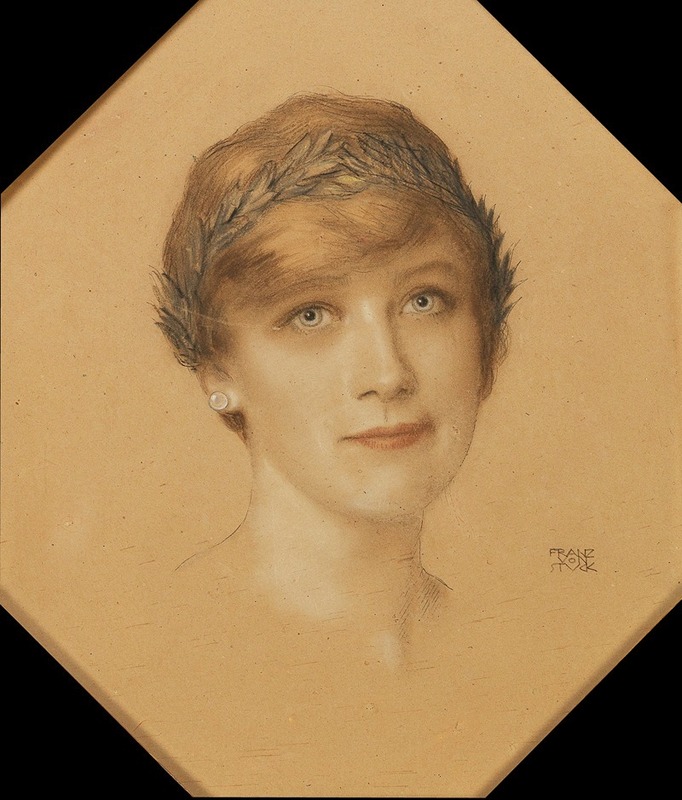
Frauenporträt
A hand-painted replica of Franz von Stuck’s masterpiece Frauenporträt, meticulously crafted by professional artists to capture the true essence of the original. Each piece is created with museum-quality canvas and rare mineral pigments, carefully painted by experienced artists with delicate brushstrokes and rich, layered colors to perfectly recreate the texture of the original artwork. Unlike machine-printed reproductions, this hand-painted version brings the painting to life, infused with the artist’s emotions and skill in every stroke. Whether for personal collection or home decoration, it instantly elevates the artistic atmosphere of any space.
Franz von Stuck's Frauenporträt (Portrait of a Woman) is a painting created by the German Symbolist artist Franz von Stuck, who was active during the late 19th and early 20th centuries. Stuck is renowned for his evocative and often mysterious works, which frequently explore themes of mythology, sensuality, and the human psyche. While Frauenporträt is one of his lesser-documented works, it reflects his characteristic style and attention to detail.
The painting depicts a female figure, rendered with a sense of elegance and psychological depth. Stuck's approach to portraiture often emphasized the interplay of light and shadow, lending his subjects a dramatic and almost sculptural quality. In Frauenporträt, the woman’s expression and posture suggest an air of introspection or quiet confidence, though the exact identity of the sitter is not definitively known. This ambiguity is a hallmark of Stuck's work, as he often sought to evoke a mood or atmosphere rather than provide a straightforward representation.
Stuck was a founding member of the Munich Secession, an art movement that broke away from traditional academic styles in favor of more modern and expressive approaches. His work, including Frauenporträt, demonstrates his mastery of both technical skill and symbolic content. The painting likely incorporates elements of Symbolism, a movement that sought to convey ideas and emotions through symbolic imagery rather than direct representation.
The medium and dimensions of Frauenporträt are not widely documented, but Stuck frequently worked with oil on canvas, a medium that allowed him to achieve the rich textures and luminous effects seen in many of his works. The color palette in his portraits often includes deep, muted tones, which contribute to the overall mood of the piece.
While Frauenporträt may not be as famous as some of Stuck's other works, such as The Sin (Die Sünde), it remains an example of his ability to capture the complexity of human emotion and the allure of the mysterious. Stuck's influence on early 20th-century art, particularly in Germany, is significant, and his works continue to be studied and appreciated for their technical brilliance and symbolic depth.
Further details about Frauenporträt, including its current location or provenance, are not readily available in public records. As with many of Stuck's works, the painting invites viewers to engage with its enigmatic qualities and to interpret its meaning through their own perspectives.





